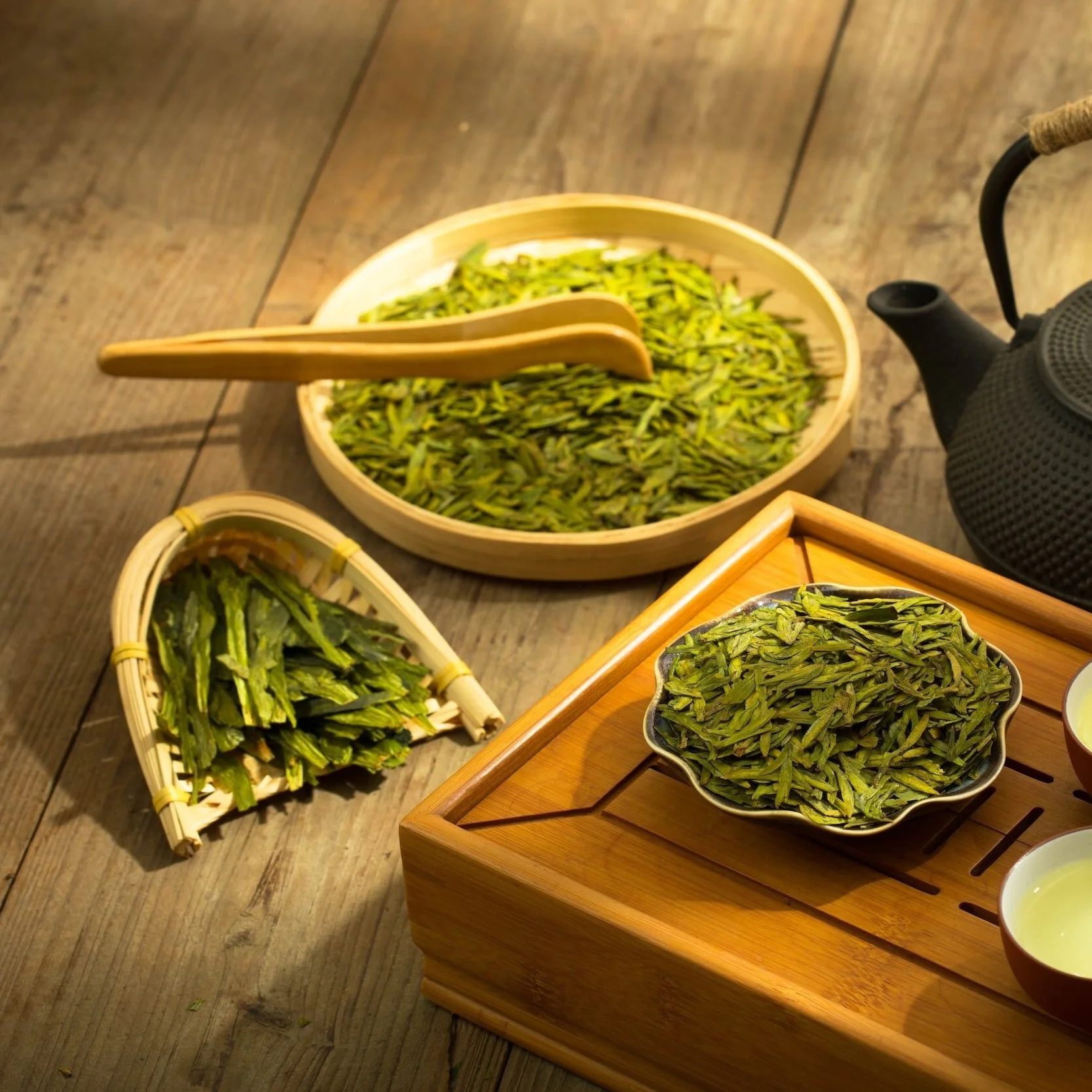Longquan Tea Culture And Its Significance
Share
Longquan, a city in Zhejiang Province, China, is renowned for its rich tea culture, particularly its famous Longquan tea. This area has a long-standing tradition of tea cultivation and consumption, which has evolved over centuries. The significance of Longquan tea extends beyond mere beverage; it embodies a cultural heritage that reflects the values, history, and artistry of the region.
The History of Longquan Tea
The history of Longquan tea dates back to the Tang Dynasty (618-907 AD), where it was first cultivated. The unique climate and fertile soil of Longquan make it an ideal location for growing high-quality tea. Over the years, Longquan tea gained popularity among emperors and scholars, becoming a symbol of status and sophistication.
Key Historical Milestones
- Tang Dynasty: Initial cultivation of tea in Longquan.
- Song Dynasty (960-1279): Longquan tea became a tribute tea, served to the imperial court.
- Ming Dynasty (1368-1644): The tea industry flourished, and Longquan tea gained international recognition.
Types of Longquan Tea
Longquan is primarily known for its green tea, particularly Longjing (Dragon Well) tea. This tea is celebrated for its unique flavor and aroma, which are attributed to the specific processing methods used.
Popular Varieties
- Longjing Tea: Known for its flat, emerald-green leaves and a sweet, nutty flavor.
- Bai Cha: A white tea that is light and delicate, often enjoyed for its refreshing qualities.
- Tieguanyin: A type of oolong tea that is also produced in the region, known for its floral aroma.
The Art of Tea Production
The production of Longquan tea is an intricate process that requires skill and precision. From the careful selection of tea leaves to the meticulous drying and roasting methods, each step is vital in preserving the tea's quality.
Key Steps in Tea Production
- Harvesting: Only the youngest leaves are picked, usually in early spring.
- Withering: Leaves are spread out to wilt, reducing moisture content.
- Fixation: Leaves are heated to stop oxidation, preserving their green color.
- Rolling: Leaves are shaped through rolling, enhancing their flavor.
- Drying: Finally, the leaves are dried to lock in their unique characteristics.
The Cultural Significance of Longquan Tea
Longquan tea is more than just a drink; it represents a way of life and a deep-rooted cultural identity. The tea culture in Longquan is intertwined with various aspects of daily life, including social gatherings, ceremonies, and traditional practices.
Social and Ceremonial Roles
- Tea Ceremonies: Longquan tea is often served during formal ceremonies, symbolizing respect and hospitality.
- Social Gatherings: Friends and family come together over tea, fostering connections and conversations.
- Cultural Festivals: Events celebrating tea culture are held annually, showcasing the artistry and heritage of Longquan tea.
Health Benefits of Longquan Tea
Longquan tea is not only cherished for its taste but also for its numerous health benefits. Rich in antioxidants and nutrients, it contributes to overall well-being.
Notable Health Benefits
- Rich in Antioxidants: Helps combat oxidative stress and supports heart health.
- Boosts Metabolism: May aid in weight management and improve metabolic rates.
- Enhances Mental Clarity: Contains L-theanine, which promotes relaxation and focus.
Visiting Longquan: A Tea Lover's Paradise
For those interested in experiencing the essence of Longquan tea culture, visiting the region offers a unique opportunity. The picturesque landscapes, lush tea gardens, and traditional tea houses create an inviting atmosphere for tea enthusiasts.
Key Attractions
- Tea Plantations: Explore the scenic tea fields and learn about the cultivation process.
- Tea Museums: Discover the history and significance of Longquan tea through interactive exhibits.
- Tea Tasting Sessions: Participate in guided tastings to experience the diverse flavors of Longquan tea.
Best Time to Visit Longquan
The ideal time to visit Longquan is during the spring months, particularly from March to May. During this period, the tea leaves are freshly harvested, and the weather is mild, making it perfect for outdoor activities.
Weather Information
- Spring (March-May): Mild temperatures, averaging 15-25°C (59-77°F).
- Summer (June-August): Warm and humid, with temperatures reaching up to 30°C (86°F).
- Autumn (September-November): Cool and pleasant, ideal for tea picking.
- Winter (December-February): Cold temperatures, but the tea culture remains vibrant.
Conclusion: A Sip of Longquan's Legacy
Longquan tea culture is a testament to the region's rich history and traditions. It offers a glimpse into the artistry and dedication that goes into every cup. Whether you're a seasoned tea lover or a curious traveler, experiencing Longquan tea culture is an enriching journey that connects you to the heart of Chinese heritage.
As you plan your visit, consider booking accommodations and flights to immerse yourself fully in this captivating world. For your travel needs, check out Hotels & Flights and Transfers.
Longquan tea awaits, ready to share its story with you, one sip at a time.





